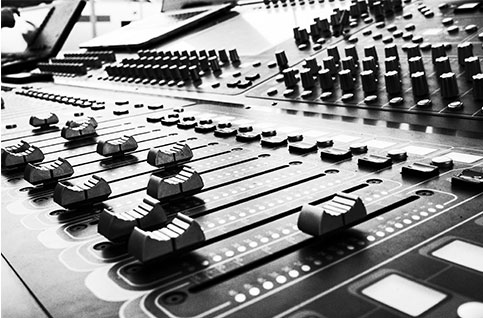Because music evaporates as soon as it is produced, humans, seeking permanence in life’s ephemera, have long sought ways to record and reproduce it. The efforts to capture the fleeting sounds of music have followed two basic methods: that of symbols and that of signals. The former—musical notation—matured earlier, and in one form or another it virtually monopolized the recording of music for centuries; the latter had to await the emergence of technology for its development. In notation, symbols are written down as a message to a trained performing musician who understands them and reinterprets them into sound. Signals, on the other hand—being direct physical impressions of, and potential stimuli to, sounds—bypass the performer in their reproduction and, in some electronic compositions, even in their recording. This article concerns itself solely with the latter, nonsymbolic, method. For information on the former method see notation.

